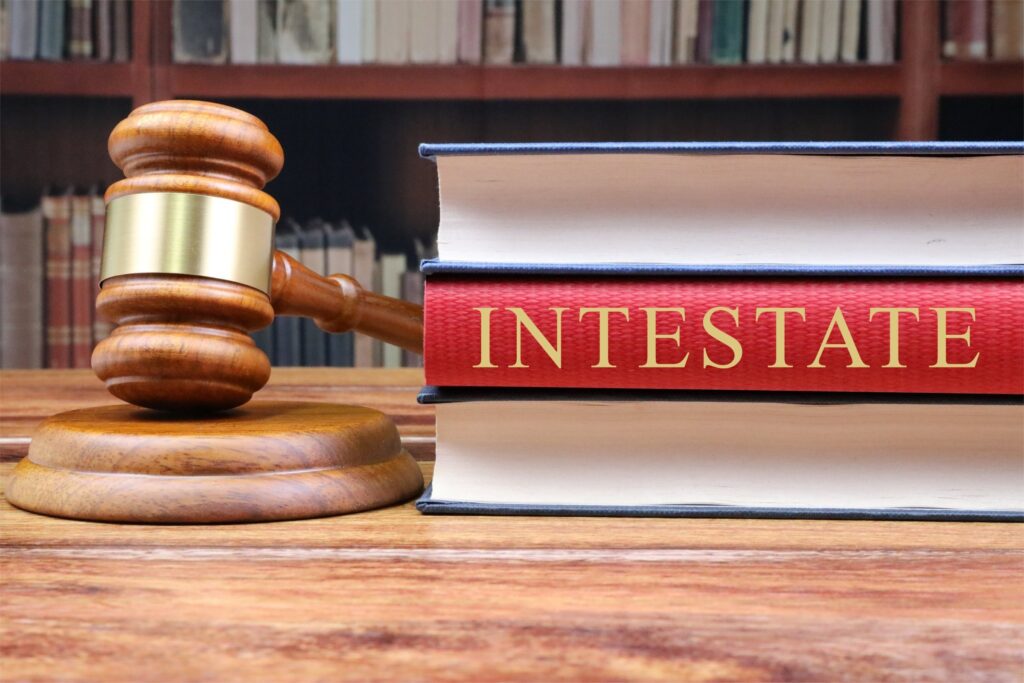Probate is the legal process of administering and distributing a deceased person’s estate according to the law. This includes their assets, debts, and liabilities. This process typically involves validating the deceased person’s will, identifying and appraising their assets, paying off debts and taxes, and distributing the remaining assets to the rightful heirs or beneficiaries.

A valid will is crucial to streamline the probate process and ensure that the deceased person’s assets are distributed. However, when someone dies without a will, known as dying intestate, the complexities of probate can increase significantly. This discussion explores intestate succession, the legal process governing asset distribution when someone dies without a will, and the various legal procedures involved in probate proceedings without a will. By understanding these concepts, individuals can understand how assets are distributed.
Understanding Intestate Succession
Intestate succession refers to the legal process governing the distribution of assets when someone dies without a valid will or clear instructions regarding asset distribution. In these cases, state or intestacy laws dictate how the deceased person’s assets are distributed among their legal heirs. State laws vary in determining the order of inheritance and which relatives are considered legal heirs. However, most states prioritize certain categories of relatives in intestate succession. It typically starts with the surviving spouse and children, then other close relatives if no surviving spouse or children exist. The specific order of inheritance established by state laws may vary, but it commonly follows a hierarchy that may include:
1. Surviving Spouse: In many states, the surviving spouse is the first in line to inherit assets in intestate succession. The portion of the estate that the surviving spouse receives may depend on whether there are also surviving children or other relatives.
2. Children: If no surviving spouse or the estate exceeds a certain value, the deceased person’s children are typically next to inherit. If there is more than one child, assets are often divided equally.
3. Other Close Relatives: In the absence of a surviving spouse or children, state laws may designate other close relatives, such as parents, siblings, or more distant relatives, as heirs to the estate. The order of priority among these relatives varies depending on state laws and the case’s specific circumstances.
Individuals who die without a will or with incomplete estate planning must understand intestate succession. Intestate succession determines how state laws will distribute their assets among their legal heirs. Having a valid will ensures that one’s wishes regarding asset distribution are documented and followed upon death.
Legal Process for Intestate Estates

Petitioning the Court:
A designated individual initiates the probate process by filing a petition with the appropriate court in the jurisdiction where the deceased resided or owned property. This petition requests the court to officially open probate proceedings for the intestate estate.
Appointment of an Administrator:
Upon receiving the petition, the court appoints an administrator to oversee the probate process and manage the deceased person’s estate. Typically, state law designates a competent individual, often a close family member or another interested party, as the administrator.
Inventory and Appraisal of Assets:
The appointed administrator is responsible for identifying, locating, and valuing all assets belonging to the deceased. This process involves conducting a thorough inventory of the deceased person’s estate, including real property, personal property, financial accounts, investments, and any other assets of value. Qualified professionals may need to appraise assets to determine their fair market value accurately.
Payment of Debts and Taxes:
The administrator must use estate assets to pay off any outstanding debts and taxes the deceased owes. This includes funeral expenses, medical bills, outstanding loans, credit card debts, and applicable estate taxes. The administrator must settle all debts and taxes before distributing the remaining assets to the heirs.
Distribution of Assets:
After settling debts and taxes, the administrator distributes the remaining assets of the intestate estate to the legal heirs following the state’s intestacy laws. These laws determine the order of inheritance and allocate the share of the estate that each heir is entitled to receive. The distribution process may involve transferring ownership of real property, liquidating financial assets, or distributing personal property among the heirs.
It’s important to note that the specific procedures and requirements for handling intestate estates may vary depending on the jurisdiction and the complexity of the estate. Furthermore, the court may supervise and oversee the probate process to guarantee that it administers the estate according to state law and in the heirs’ best interests.

Potential Challenges and Considerations
While necessary where a deceased individual did not leave a valid will, intestate proceedings can present challenges. These may complicate the probate process. Some of these challenges include:
Disputes Among Heirs:
One of the most common challenges in intestate proceedings is disputes among heirs regarding the distribution of assets. Family members may hold differing opinions on how to divide the estate. This usually leads to conflicts and potentially lengthy legal proceedings. These disputes can arise due to disagreements over the value of certain assets, perceptions of fairness, or unresolved family tensions.
Locating and Notifying Heirs:
Identifying and locating all legal heirs of the deceased can be challenging and time-consuming. Some heirs may live in different states or countries. This makes it difficult to locate and notify them of their entitlement to the estate. Furthermore, the probate process may necessitate extensive efforts to inform heirs who have had limited contact with the deceased or who are unaware of their status as heirs about their rights.
Increased Costs and Delays:
Intestate proceedings often involve additional legal steps and complexities compared to probate proceedings with a valid will. As a result, the probate process for intestate estates can be more expensive and time-consuming. Legal fees, court costs, and administrative expenses may accumulate, leading to increased costs for the estate. Furthermore, resolving disputes among heirs or addressing issues related to locating and notifying heirs can contribute to delays in the probate process, prolonging the distribution of assets to beneficiaries.
Navigating these potential challenges and considerations in intestate proceedings requires careful planning, communication, and legal guidance. Executors, administrators, and legal representatives involved in the probate process must work diligently to address disputes, locate heirs, and streamline the estate administration to minimize costs and delays while ensuring a fair distribution of assets among the rightful beneficiaries.
Conclusion
In conclusion, exploring probate proceedings without a will sheds light on the intricate legal processes, challenges, and considerations involved in distributing assets when someone dies intestate. Probate serves as the mechanism through which the court oversees the orderly distribution of the deceased person’s estate. It ensures that individuals settle debts, pay taxes, and transfer assets to the rightful heirs.
By acknowledging the complexities of interstate probate proceedings and proactively addressing potential challenges, executors, administrators, and legal representatives can streamline the probate process, minimize costs and delays, and ensure a fair distribution of assets among beneficiaries. By effectively communicating, diligently administering, and adhering to legal requirements, individuals can confidently navigate the probate process, ultimately honoring the wishes and legacy of the deceased.








